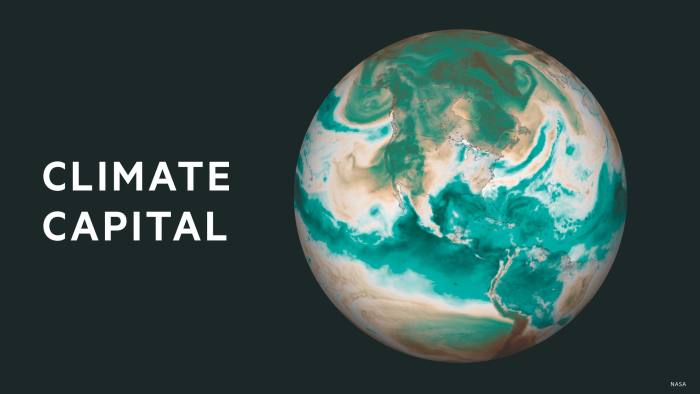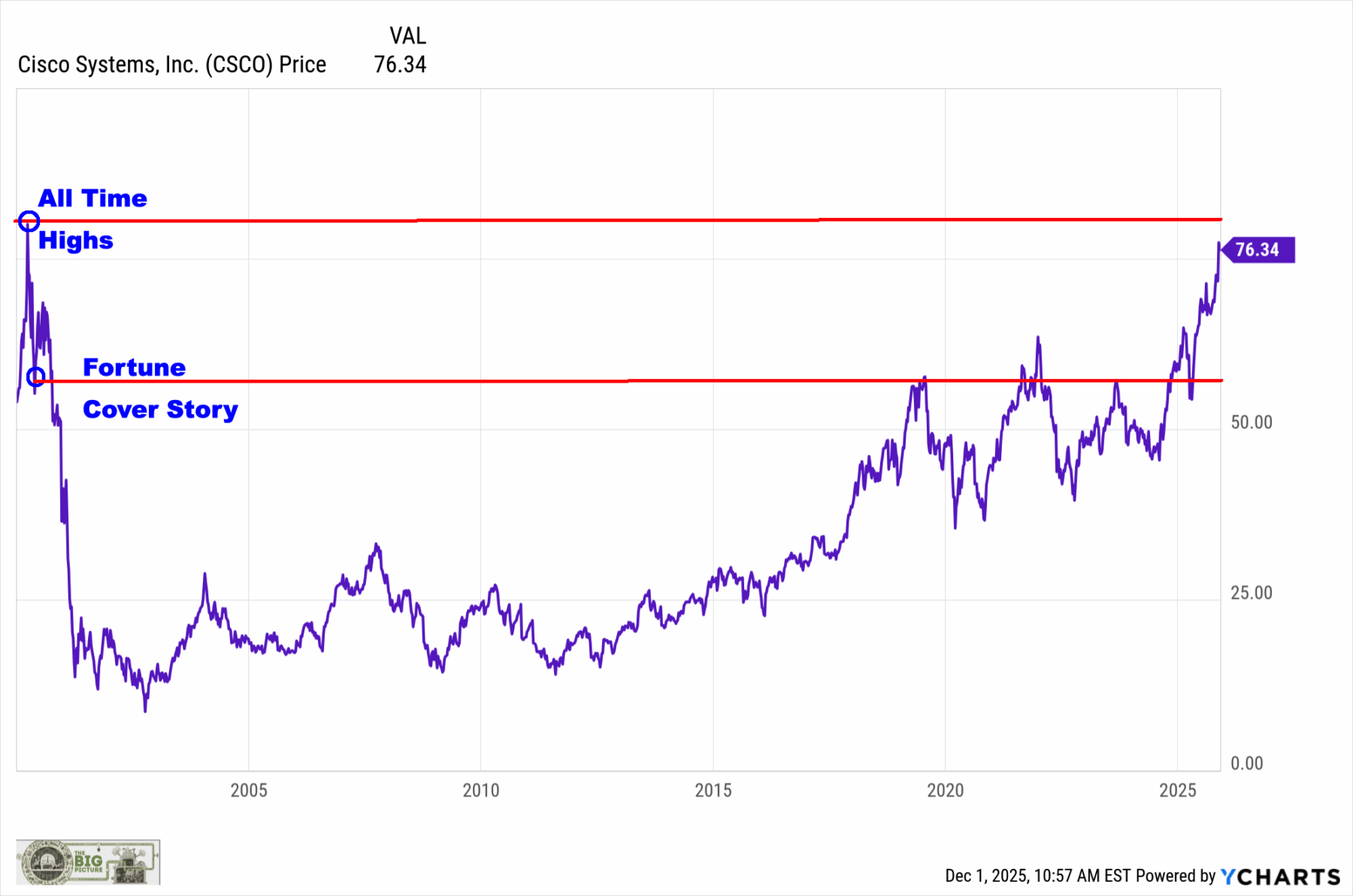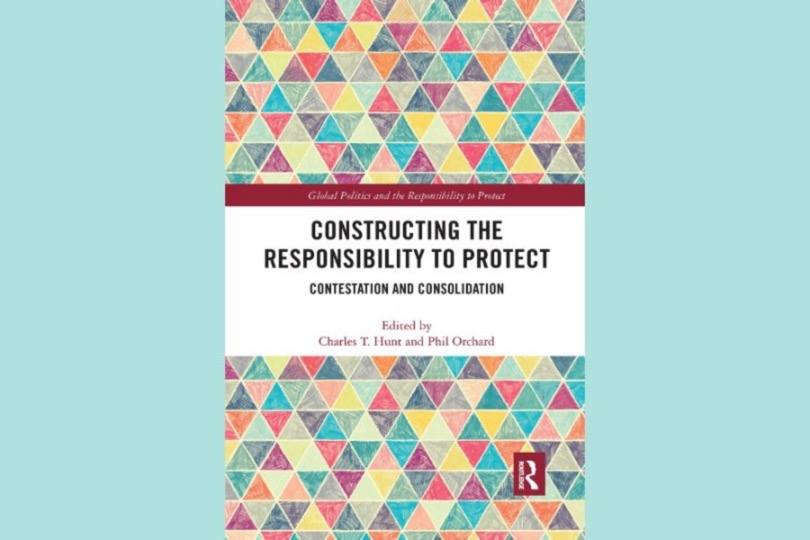Countries around the world have agreed a historic deal to protect oceans that lie outside national boundaries after nearly two decades of on-off negotiations.
The UN High Seas Treaty, which will aim to protect 30 per cent of international waters by 2030, was agreed late on Saturday night in New York after a final two days of nonstop talks that centred around support for developing nations to meet the treaty’s commitments and debate about who will benefit from marine resources.
More than 60 per cent of oceans are considered international waters, known as high seas, which means all countries have the right to ship, fish and do research there. Only about 1 per cent of high seas are now protected.
At stake in the agreement are lucrative fishing and shipping rights, as well as future proposals for deep sea mining and the harvesting of compounds from marine life that could have pharmaceutical applications.
The treaty provides the tools to establish and manage marine protected areas, covers the access to and use of marine genetic resources, and sets out requirements for environmental assessments for deep sea activities. Negotiators had clashed over the issue of how to divide the rewards from newly discovered marine resources.
“There was a question of benefit because the high seas are owned by everyone or no one,” said Antonia Leroy, head of ocean policy at WWF EU.
Discussion over which regional organisations should carry out the monitoring of protected areas was also heated, she said.
“The ship has reached the shore,” said Rena Lee, Singapore’s ambassador for the oceans, who as conference chair announced the legally binding agreement to tired delegates who gave a standing ovation.
“This is a massive success for multilateralism. An example of the transformation our world needs and the people we serve demand,” Csaba Kőrösi, president of the UN General Assembly, tweeted.
Environmental activists were also joined by celebrities such as Jane Fonda during the negotiations to urge UN representatives to seal an agreement.
By establishing the first legal framework to protect marine areas the treaty will be central to enforcing pledges made at the UN COP15 biodiversity conference in December to preserve a third of the sea and land by 2030, known as the 30 by 30 pledge.
The deal will have to be ratified by 60 states before it can enter into force and will be officially adopted at a later UN session. Lee told negotiators there would be no reopening or discussions of substance on the text.
Greenpeace said there were “still flaws in the text”, but argued the treaty was a “monumental win for ocean protection, and an important sign that multilateralism still works in an increasingly divided world”.
“We can now finally move from talk to real change at sea. Countries must formally adopt the treaty and ratify it as quickly as possible to bring it into force, and then deliver the fully protected ocean sanctuaries our planet needs,” said Laura Meller, an oceans campaigner for Greenpeace Nordic.
“The clock is still ticking to deliver 30×30. We have half a decade left, and we can’t be complacent.”
Virginijus Sinkevičius, the EU’s environment commissioner, described the agreement as “a crucial step forward to preserve the marine life and biodiversity”.
But ahead of the COP15 conference last year, he told the Financial Times that enforcing the environmental targets remained a challenge: “At the end of the day, it will depend what’s going to be under [the target]. What sort of overarching indicators are we going to try to put with it? What is going to be the implementation and review mechanism? How strong is it going to be?”
The EU has pledged €40bn to help developing nations protect marine environments.
Oceans have absorbed 90 per cent of the warming that has occurred in recent decades due to increasing greenhouse gases and 30 per cent of the carbon dioxide released into the atmosphere, putting their ecosystems under intense pressure.
Rising water temperatures because of global warming are disrupting ocean currents, altering food systems and making seas inhospitable to their living organisms.
The UN agreement is the third international accord of its kind relating to the high seas. It follows specific treaties related to seabed mining in 1994, and the management of migratory fish stocks in 1995.
Climate Capital

Where climate change meets business, markets and politics. Explore the FT’s coverage here.
Are you curious about the FT’s environmental sustainability commitments? Find out more about our science-based targets here
















